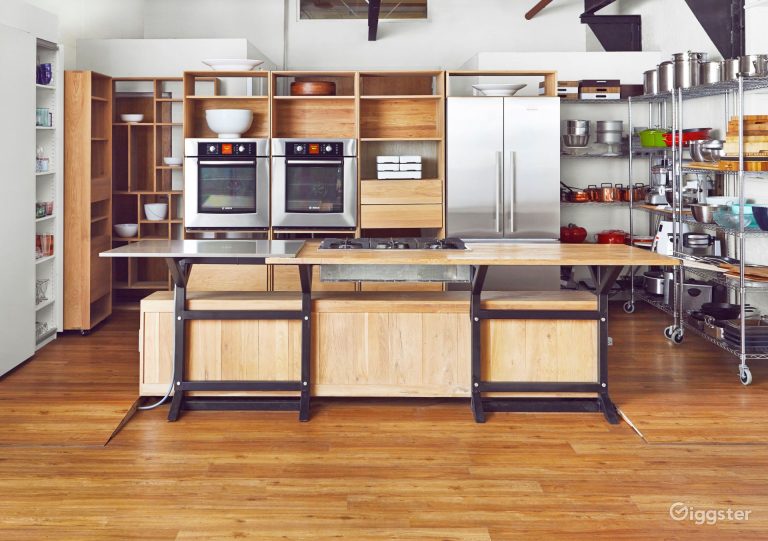
Whether it’s a modest cafe, a catering company, or a busy restaurant, any food service business has as its main objective maximizing profit. Achieving profitability might be difficult given growing expenses of overheads, labor, and supplies. Strategic, reasonably priced solutions, including smart kitchen innovations, will help food service firms maximize their costs without sacrificing quality or client satisfaction. Emphasizing pragmatic, achievable solutions, this discussion explores several approaches to lower expenses and improve profitability in food service businesses.
Optimize Inventory Management
Controlling food prices, cutting waste, and guaranteeing fresh, premium products all depend on good inventory control. Frequent stock level audits assist operators to determine which products are moving and which are not, therefore guiding their orders. By using a first-in, first-out (FIFO) method, older stock is used before more recent supplies, therefore lowering the chance of spoilage. Investing in inventory control software—which can monitor stock levels, project demand, and notify when things need restocking—is another essential tactic.
Streamline Menu Offerings
Simplifying a menu helps keep consistent quality, lowers ingredient prices, and lessens kitchen complexity. Through sales data analysis, operators may pinpoint which dishes are most profitable and much liked. Eliminating low-selling, expensive products allows the chef to concentrate on recipes with maximum return on investment. Standardizing recipes and portion proportions also guarantees regular food expenses and helps to stop too heavy ingredient use.

Reduce Energy and Utility Costs
The bottom line in food service operations can be much influenced by utility and energy expenses. Over time, even little actions like changing to energy-efficient equipment can result in significant savings. Frequent maintenance of kitchen appliances guarantees their effective running, thereby lowering energy usage by cleaning refrigerator coils and closing oven doors. Cost savings also come from including energy-saving techniques, including turning off unneeded machinery and maximizing lighting.
Leverage Technology for Efficiency
Using technology in food service businesses will help to dramatically increase customer experience, lower labor expenses, and boost efficiency. Faster service and less food waste follow from point-of-sale (POS) systems, internet ordering platforms, and kitchen display systems simplifying order processing and lowering mistakes. By lowering the need for workers in some positions, automation—such as self-service devices or online reservations—can also help to minimize labor expenses.
Optimize Labor Scheduling
One of the biggest expenses in food service businesses is labor; hence, profitable operations depend on efficient scheduling. By use of sales pattern analysis and peak hour analysis, managers can better allocate workers, therefore guaranteeing that the organization is neither overstaffed during lean times nor understaffed during busy periods. Particularly in unanticipated demand increases, cross-training staff members to manage several positions can also improve flexibility and help to lower the requirement for additional personnel.
In food service operations, maximizing profit calls for aggressive cost control in several sectors of the company. From inventory control and menu simplification to smart kitchen technology and effective labor management, every approach is vital in increasing profitability. Food service businesses can keep high levels of quality and service while still improving their bottom line by using these reasonably priced alternatives.






